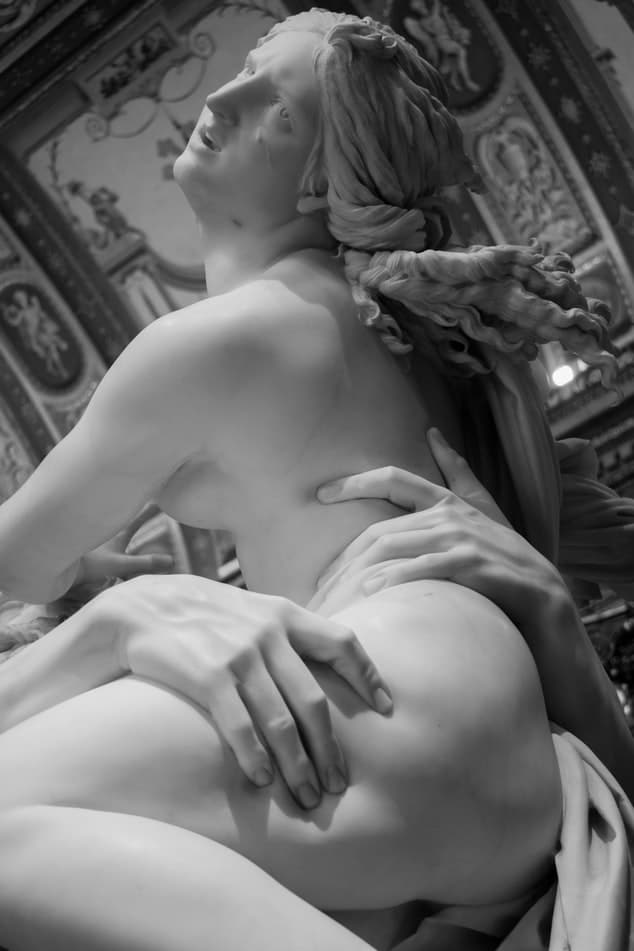The Code of Cultural Heritage
Following the 1999 Consolidated Law on cultural heritage, which limited itself to gathering and harmonizing the previous legislation (see the article History of protection), there was a need to legislate again in order to further standardize the previous provisions and make right fixes.
The issue of the legislative decree 22 January 2004, n. 42, Code of Cultural Heritage and Landscape, took place precisely in this sense.
A fundamental step was the unification in a single
code of the two objects of the important protection laws of 1939, namely cultural heritage and landscape.
The first article of the code presents the principles on which the text is based, starting from article 9 of the Constitution, reaffirming the need to protect and enhance the cultural heritage in order to “preserve the memory of the community” and “promote the development of culture”. Cultural heritage is made up of both cultural assets and landscape assets that have specific characteristics, which are also reported within the Code itself (articles 10-11, 34).

In addition to resuming procedures already in place for some time, such as the notification procedure, the merit of the Code currently in force is the precise indication of the need on the part of the State, Regions and Municipalities to cooperate in carrying out protection and enhancement activities.
In particular, the Code has dealt with regulating, obviously also thanks to subsequent amendments, all those activities on cultural heritage that are prohibited or that require regulation, in order to avoid damage or deterioration of the same. Furthermore, some actions are mandatory for the same reason, in particular those that favor protection and conservation. The collaboration and cooperation of private individuals is required for both enhancement and protection. In particular, the second is up to both the public and private individuals who hold possession of the property. The motivation is simple and has its foundation in the concept of belonging of the heritage to the community of which it is an expression, being a testimony of civilization.
For this reason, the Code does not provide that a private individual who holds ownership of a cultural asset can dispose of it freely, also to the detriment of its integrity. Again for this reason, two parts of the code deal with the circulation of movable works, both nationally and internationally, and their alienation. As regards the alienation, the State can in fact avail itself of the right of pre-emption. Not being able to limit the private right of sale of a cultural asset (ie where the declaration of the presence of cultural interest has occurred), the State can, however, substitute itself in the deed of sale and purchase the asset itself.
Furthermore, the code provides for strict regulation that severely limits the exit from the national territory of goods, even where there has not yet been notification as required by the Code. If this regulation is aimed at avoiding that there is an excessive dispersion of the cultural heritage outside the national territory, at the same time it involves a strong limitation in the antiquarian activities.
In the current state of the regulatory situation it is in fact necessary to request a certificate of free export from the superintendencies, with very long bureaucratic times, for any object that is more than 70 years old.
In this regard, the l. 124/17, which in art. 1 paragraph 175 has made several changes to the Code, “in order to simplify the procedures relating to the control of the international circulation of antiques affecting the antiques market”. This law has in fact attempted to simplify the bureaucratic machine, avoiding the need to request a certificate of free circulation for movable assets of cultural interest whose value is less than 13,500 euros. With the same law, a further amendment was also made to art. 63, concerning the regulation of commercial activities of old or used things. In fact, the update proposes the compilation by traders of a public safety register, in which the things sold must also be described. The register must be drawn up in electronic format, so that the superintendent can consult it in real time.
It must also be divided into two lists: one relating to those things for which presentation to the export office is required and one for the things for which the certificate is issued electronically. This avoids the obligation to present the thing to the export office, making the operation faster. The purpose is not only to favor the antique dealers but above all to streamline the bureaucracy, allowing the supervisors to concentrate more adequately on the works that really need particular attention.
Despite the receipt of these changes by the Code, the necessary implementing decrees that would make this legislation concrete were lacking. If the intent to favor the art market is present, at least on paper, it is hoped that it will also be implemented through the issuance of the necessary decrees.

The noble purpose of the Code is, however, to protect the huge Italian cultural heritage as much as possible.
Historically one of the nations from which it comes and which still holds most of the world heritage today, Italy is characterized by legislation that in this sense tries to avoid real looting, especially in light of the numerous impoverishment that took place in the past. . The key point of the legislation in force, which constitutes a further leap in quality of the current Code, is the study activity. The study and therefore the knowledge of the cultural heritage make it possible to better implement the activities of protection but also of enhancement. Fundamental is the presence of specialized personnel who continue to do research and devise new ways to ensure that an increasingly large slice of the public can adequately enjoy the cultural and landscape heritage.
Naturally, to support these complex activities, which involve a multiplicity of different facets and situations,
it is necessary, as already mentioned at the beginning, a dense network of collaboration between the various subjects. In particular, at the state level, this organization has only occurred in recent times. As a first subject subject to the control of the Ministry of Education, cultural heritage had a ministry dedicated to it only in 1975, the Ministry for Cultural and Environmental Heritage, then modified to its current form of Ministry for Cultural Heritage and Activities and for tourism. This, through a dense central and peripheral administrative network, works together with the Regions and local Bodies in order to implement the provisions of the general directives promulgated in the code.




